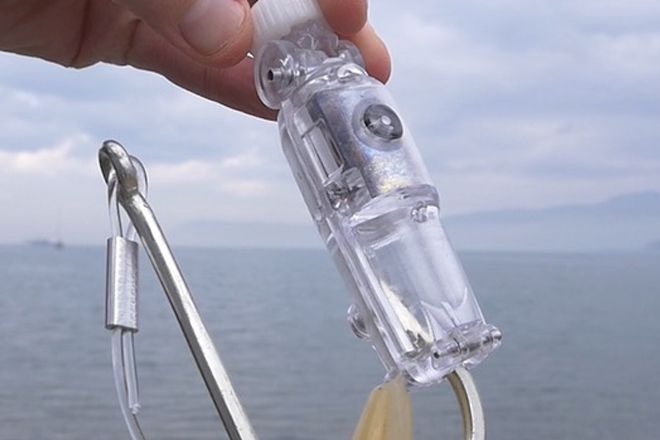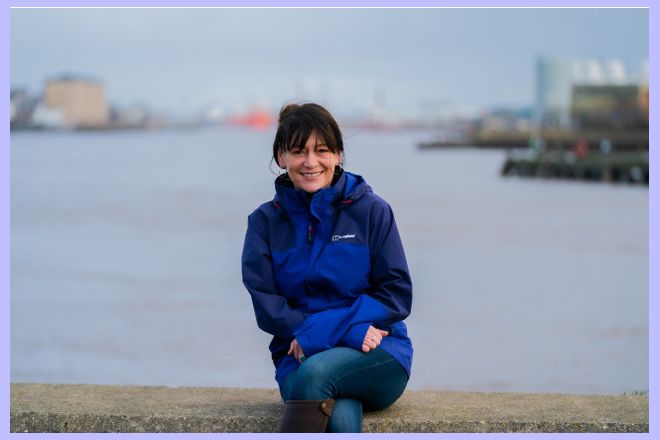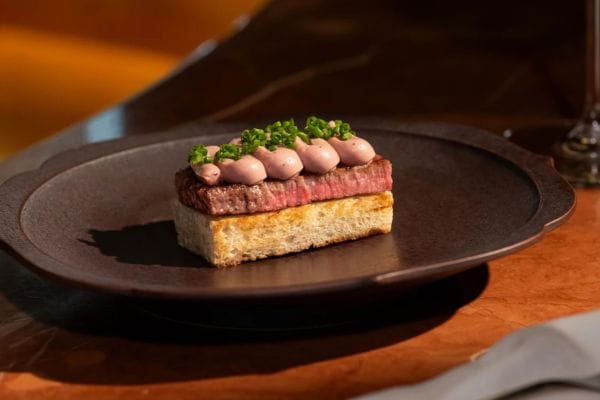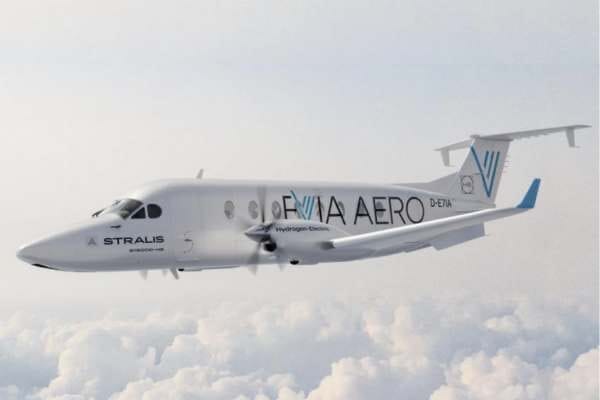A device to save millions of seabirds
Fisheries called to adopt this albatross-friendly invention that prevents birds caught as ‘bycatch’.

Fisheries around the world are being called on to embrace the Hookpod.
New Zealand is leading the charge in the takeup of the albatross-friendly invention that was developed to prevent ‘bycatch’ in longline fishing, and has been endorsed by Sir David Attenborough.
Around 300,000 seabirds are caught by commercial fisheries every year as the birds pounce on hooked fish baits and are then dragged underwater – and this is now threatening the survival of several albatross species.
Australian biologist Dr Ben Sullivan in collaboration with British engineers Ben and Pete Kibel worked closely with the fishing industry for six years to create Hookpod, which as its name suggests, covers the hook until it reaches a certain depth.
It works by attaching to the lines which hold the hooks. The hook is baited and then clipped up into the Hookpod so it is covered until it reaches 20m depth. At this point, a pressure release system is triggered to open the device and release the hook – below the diving depth of seabirds. Its makers say it is the most effective method of mitigation available, and where it’s being used, it has resulted in zero bycatch over months of commercial use.
Hookpod’s makers are now working with governments and industry around the world to drive adoption. To date, Hookpod has been approved by the Western Central Pacific Fisheries Commission (WCPFC) as a standalone mitigation measure to reduce seabird bycatch, and the Agreement for the Conservation of Albatross and Petrels (ACAP) has recommended the Hookpod as ‘best practice mitigation for the pelagic longline industry’.
Two years ago, Sir David Attenborough endorsed a crowdfunded project launched to equip five Brazilian longliners with Hookpods, with over £72,000 raised.
“This simple device has now saved the lives of countless numbers of the world’s most beautiful and noble seabirds,” he says. “Let us hope it is only a matter of time before Hookpods become universal”.
“Our aim is to eliminate seabird bycatch from longline fisheries and ensure the survival of the albatross."

In addition to Brazil, commercial trials have taken place in Australia and South Africa and Hookpod’s maker says these trials show that when Hookpod was used, bycatch rates reduced to just 0.04 birds per 1000 hooks compared to rates of 0.8 birds per 1000 hooks for control treatments.
Furthest along in Hookpod’s adoption is New Zealand which changed its longline fishing regulations in January this year to allow the standalone use of the Hookpods to prevent seabird bycatch, and Hookpods have been rolling out ever since among commercial operators.
Hookpod CEO Becky Ingham says the company is now pursuing ways to replicate this success around the world in other fisheries.
“The problem is well known, internationally recognised and, unchecked, will lead to the extinction of some species. Current solutions work, but are not widely used in the absence of observers and enforcement.”
Hookpod requires support and promotion from the world’s conservation and seabird organisations, Ingham says, to eliminate seabird bycatch.
“Our aim is to eliminate seabird bycatch from longline fisheries and ensure the survival of the albatross,” she adds. “We have now proven this is achievable and we are continuing our work to encourage take-up of the Hookpod across all pelagic longline fisheries.”
The tech
Hookpod is a hook protection mechanism that stops seabirds getting caught as they dive for baits. The reusable pod disarms the baited hook, sinks rapidly and automatically opens releasing the bait below 20m depth. A tiny piston activated by water pressure releases the hook from the pod. Hookpod’s makers say trials show a 95% reduction in bycatch when using Hookpods, compared to standard line weighting and tori lines. They have also been designed to be economical, easy to use, reusable – lasting up to three years, and to minimise any operational impact for fishermen. It can be removed or retro-fitted if required, and it stores easily in bins with lines. As an additional incentive to fisheries, each hookpod also has a small LED light that acts as a lure for target species.
Who funds it?
A crowdfunded project launched to equip five Brazilian longliners with Hookpods raised over £72,000. Kickstarter funded trials have also taken place in Australia, and anyone can sponsor a Hookpod to save an albatross, with £5 providing one Hookpod to the longline fishing industry.
Is it ready to roll?
Hookpod is already being used commercially in New Zealand, and has been trialled in Australia, Brazil, and South Africa and is poised and ready for global adoption to help end seabird bycatch in commercial longline fishing.





